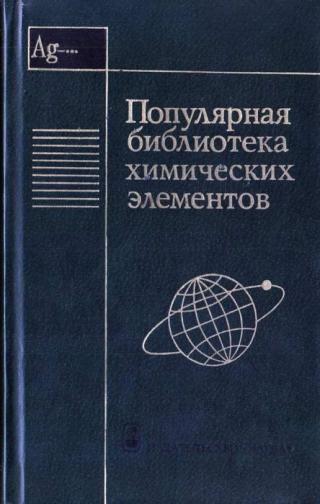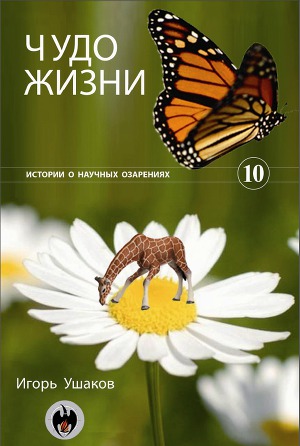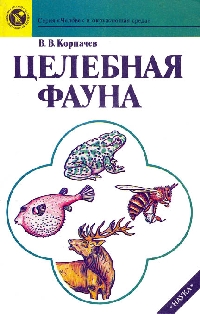
Аннотация
Can octopuses feel pain and pleasure? What about crabs, shrimps, insects, or spiders? How do we tell whether a person unresponsive after severe brain injury might be suffering? When does a fetus in the womb start to have conscious experiences? Could there even be rudimentary feelings in miniature models of the human brain, grown from human stem cells? And what about AI? These are questions about the edge of sentience, and they are subject to enormous, disorienting uncertainty. The stakes are immense, and neglecting the risks can have terrible costs. We need to err on the side of caution, yet it’s often far from clear what ‘erring on the side of caution’ should mean in practice. When are we going too far? When are we not doing enough? The Edge of Sentience presents a comprehensive precautionary framework designed to help us reach ethically sound, evidence-based decisions despite our uncertainty.
Keywords: sentience, consciousness, animals, invertebrates, AI, disorders of consciousness, fetuses, organoids, precaution, proportionality
Subject Practical Ethics, Philosophy of Mind, Bioethics and Medical Ethicsm, Consciousness, Political Philosophy
Collection: Oxford Scholarship Online












Комментарии к книге "The Edge of Sentience: Risk and Precaution in Humans, Other Animals, and AI"